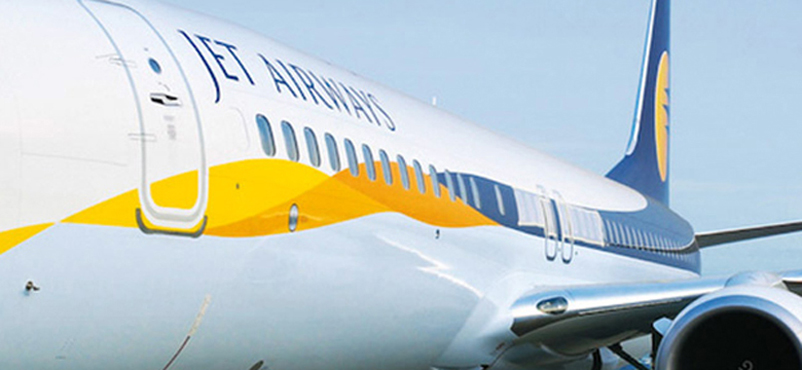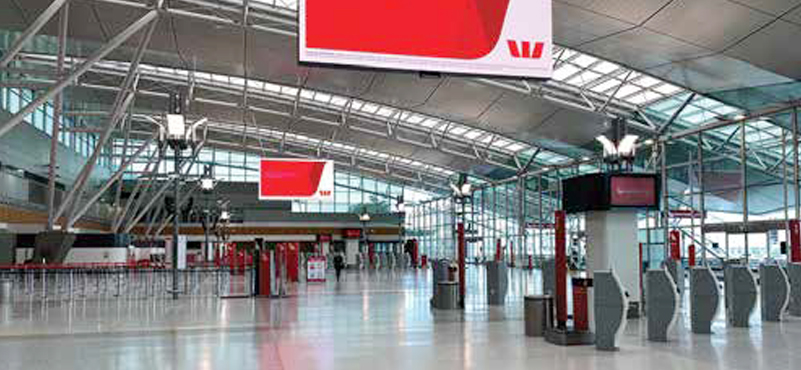The media is rife with speculation that Naresh Goyal-promoted Jet Airways is likely to merge with TATA SIA Airlines. The TATA SIA is a JV operating Vistara in the Indian skies. This, however, is likely to the first of the two-pronged step wherein after the merger, Goyal is expected to sell his stake to the TATA SIA Airlines, leaving the company with Tata’s in the driving seat, with Etihad controlling a minority stake, the ET has reported.
As per the grapevine, Jet Airways would merge with TATA SIA Airlines through a share swap, after which Naresh Goyal is expected to completely exit the scene. The report also suggests that TATA SIA Airline is open to even buying out Etihad’s stake in the company, should the need arise.
Jet Airways has been in the news in the recent past, unfortunately, for all the wrong reasons. Media reports had earlier suggested that the airline had approached the bank for fresh loans to meet its existing financial crunch, besides seeking a moratorium on the prevailing loan. The carrier had also undertaken several such urgent measures to stay afloat, as it stares at a massive debt of INR 8,620 crores (1.172 billion USD), net losses of INR 724.94 crore in FY 17-18 and a negative net worth of over INR 7,000 crore.
This could well be the big game-changer for TATA SIA Airlines – which has been trying to create a market for itself, amidst a serious expansion spree undertaken by IndiGo. It is too early to judge the impact of such a development, but if Tata Group does manage to wrest the management control of Jet Airways, it would significantly muscle up its fleet strength, bringing its numbers tantalizingly close to Air India’s tally of 163. It must be noted that Tata Group currently operates a fleet of 38 aircraft (20 with Vistara and 18 with Air Asia India). The group holds 49 per cent stake in Air Asia India, its joint venture with Kuala Lumpur-based Air Asia. Tata group (Tata Sons is the holding company) also owns a 51 per cent stake in the full-service carrier Vistara – a JV with SIA.
Some experts have noted that the development could be indicative of the dawn of a consolidatory phase in the Indian aviation, eventually resulting in only a couple of major players cornering most of the business. Others have reminded of the horrors faced by the industry when Kingfisher folded. Ironically, its descend started with faltering in the salaries of its employees. When the airline went down, it had a debt of over INR 7,000 crore. The industry can ill-afford another debacle of a similar magnitude. How the cookie crumbles will have a lasting impact on the business of aviation in the country.




































